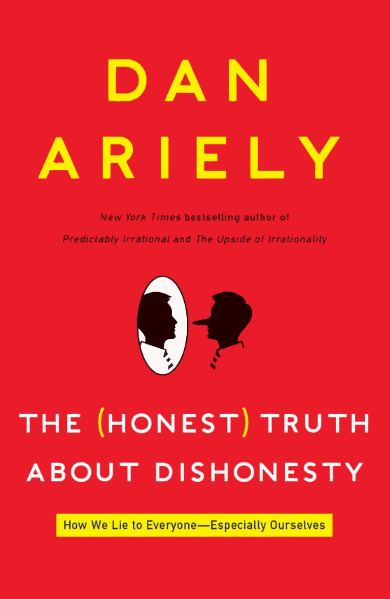السياق
ذكر فريق Discourse في أماكن قليلة أنهم يسعون لتحسين تجربة المسؤول.
لدينا عمل كثير نقوم به، لكننا نركز بشكل كبير على هذه المشاكل. في الإصدار الأخير، بذلنا بعض الجهد في تجربة إعداد الموقع على وجه الخصوص. بالنسبة لـ الإصدار القادم، لدينا مجالات تركيز على تحسين تجربة المسؤول بشكل عام، وكذلك على قابلية توسيع المنصة.
المشكلة
هناك الكثير من الإعدادات في Discourse والكثير من الوثائق. ولكن من غير المرجح أن تجد الوثائق الصحيحة في الوقت المناسب.
ميزة
يمكن أن يكون هناك المزيد من الأماكن في إعدادات وقوائم Discourse حيث يتم ربط الوثائق المقابلة في \u003chttps://meta.discourse.org/docs\u003e.
على سبيل المثال، هناك منشور المدونة Understanding Discourse Trust Levels الذي يتم ربطه في تثبيتات Discourse.
ولكن هناك الكثير غيرها غير مرتبطة.
على سبيل المثال، هناك دليل حول حذف فئة.
This guide explains how to delete a category in Discourse, including the necessary steps to move or delete topics within the category and handle special cases like the “Uncategorized” category.
Required user level: Administrator Deleting a category in Discourse involves two main steps: Moving or deleting all topics within the category Deleting the empty category This guide will walk you through both steps and address special cases. Moving or deleting all…
يبدو أن هذا سيكون ذا صلة/مفيدًا لتضمينه في النافذة المنبثقة حيث يمكنك رؤية زر حذف الفئات.
يمكن أن يكون رابطًا، ولكنه لا يجب أن يكون مجرد رابط لكل حالة - يمكن أن يكون زر علامة استفهام يربط بالوثيقة، أو يمكن أن يكون “اقرأ المزيد…” إلخ.
يمكن لفريق Discourse تصفح الوثائق، بدءًا من الوثائق الرئيسية، وتحديد المكان الأكثر ملاءمة في البرنامج لربط تلك الوثيقة.
(المعروف أيضًا باسم “في الوقت المناسب”)
 Coding Horror – 17 Jul 14
Coding Horror – 17 Jul 14

The “Just In Time” Theory of User Behavior
I’ve long believed that the design of your software has a profound impact on how users behave within your software. But there are two sides to this story: * Encouraging the “right” things by making those things intentionally easy to do. ...
أمثلة أخرى للبرامج
يحتوي Ghost (برنامج تدوين مفتوح المصدر) على عدد قليل من الأماكن التي ترتبط فيها وثائقه، في الوقت الذي تحتاجه فيه بالضبط.
على سبيل المثال، هذا الزر “اعرف المزيد” يربط بالوثيقة ذات الصلة:

Creating discount and trial offers
The offers system in Ghost allows you to convert more paid customers by offering shareable discounts to your audience, as well as offering free trials to your premium tiers. The offers area can be accessed from Settings → Growth → Offers when you...
نفس الشيء هنا:

Post analytics
Post analytics in Ghost admin gives you easy access to track your audience’s engagement with the content you publish, letting you see what’s resonating (and what’s not) with your readers. To help you get the most out of post analytics, here’s an...
لم أكن متأكدًا مما إذا كان هذا يناسب Feature أو #ux، فلا تتردد في نقله.


